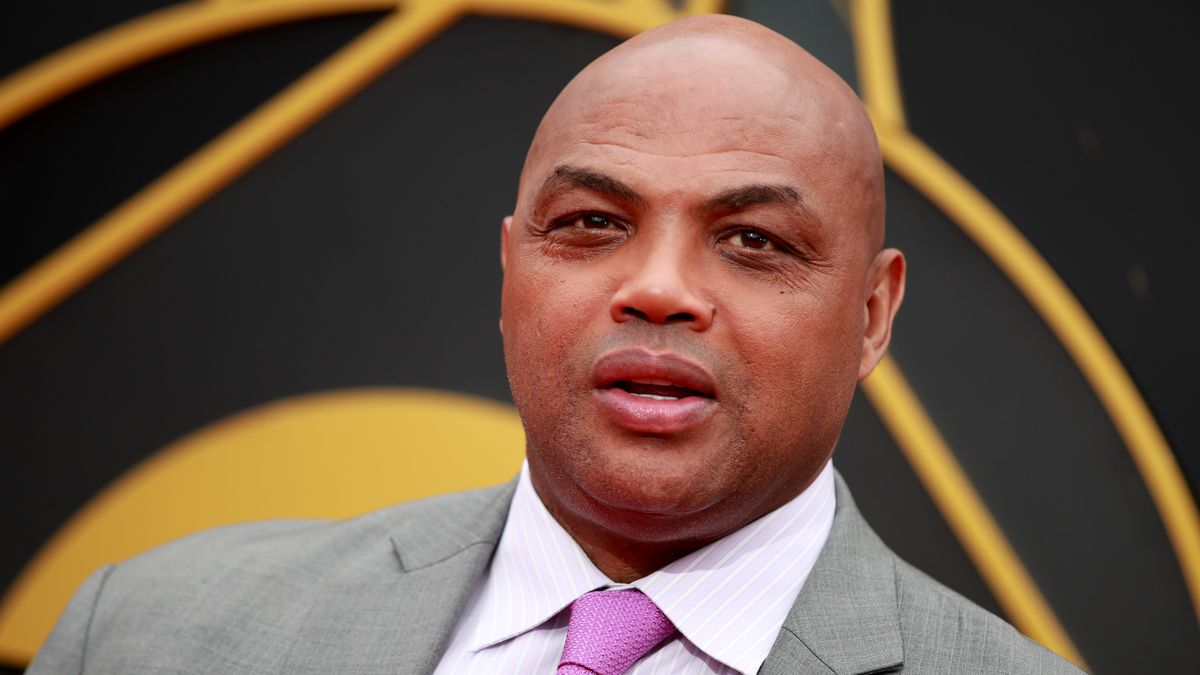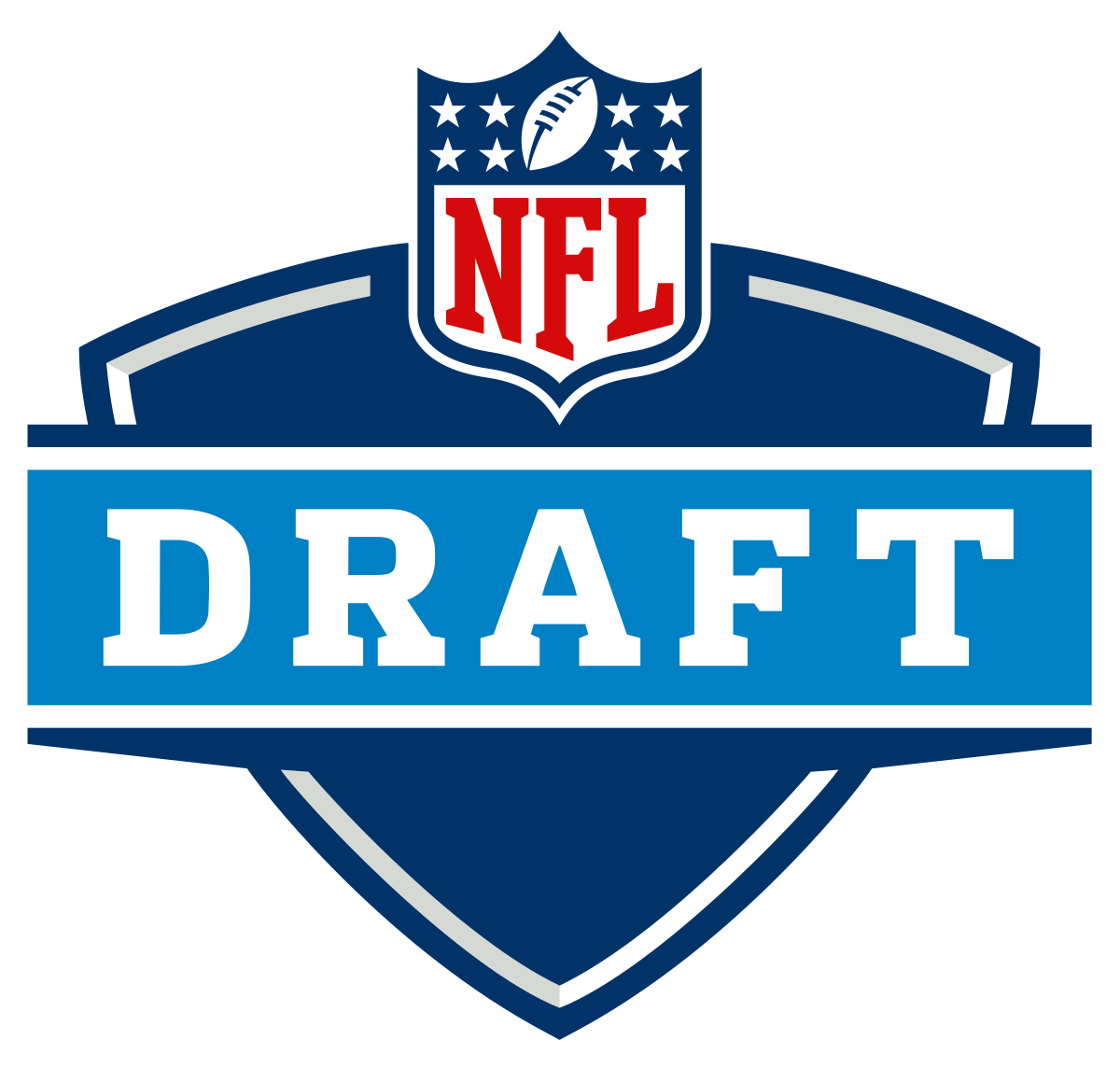6-time Super Bowl winning head coach Bill Belichick joins the Pat McAfee NFL Draft Spectacular and shows off what an NFL team’s draft board would look like during the draft.
Historical Significance: The NFL draft has evolved significantly since its inception. In 1980, the draft was televised for the first time, marking a pivotal moment in its history. Over the years, it has grown into a highly anticipated event, attracting millions of viewers and generating substantial ratings. The draft has become a cornerstone of the NFL calendar, with each year’s edition drawing heightened excitement and attention from fans, media, and teams alike.
Coverage Strategy: Bill Belichick’s explanation of treating the coverage as if they represent the 33rd NFL team provides a unique perspective for viewers. By presenting their own draft board, viewers gain insight into the decision-making process typically hidden from public view. This approach adds an extra layer of intrigue to the broadcast, allowing fans to experience the draft from a different vantage point.
Draft Board Layout: Belichick’s breakdown of the draft board layout emphasizes its dual function. On one side, team needs are outlined, reflecting each team’s specific requirements and areas for improvement. On the other side, Field’s evaluations of the best available players offer a comprehensive view of the talent pool. This layout facilitates understanding of the strategic considerations that inform draft decisions.
Drafting Dilemma: The discussion surrounding the best available versus team needs highlights the nuanced decision-making process teams face during the draft. For example, a team may prioritize selecting the best player available regardless of position if they believe that player offers the greatest overall value. Conversely, a team with pressing positional needs may opt to address those needs directly, even if it means passing on higher-rated prospects at other positions.
Individualized Draft Boards: The variability of draft boards across teams underscores the diversity of perspectives and priorities within the NFL. For instance, one team may value certain intangible qualities in a player that another team overlooks. As a result, draft strategies can vary widely from team to team, leading to unpredictability in player selections and draft outcomes.
Color-Coded System: The use of color-coded indicators on the draft board serves as a visual aid for tracking player eligibility and status. For instance, the distinction between red (underclassmen) and black (players who have fulfilled their eligibility) helps teams assess the potential availability of certain prospects and anticipate their draft strategy accordingly.
Special Tags for Players: Special tags on the draft board provide additional context for evaluating players. For example, a player flagged as a special teams standout or possessing unique athletic attributes may attract heightened interest from certain teams seeking to bolster specific aspects of their roster.
Example of Player Evaluation: The hypothetical player named Joe Blow exemplifies the complex decision-making process teams face during the draft. Despite possessing exceptional talent on the field, off-field issues such as legal troubles or character concerns may impact a team’s willingness to draft him. Teams must carefully weigh the potential risks and rewards associated with selecting such players, considering the impact on team culture, public perception, and long-term roster stability.
Thorough Evaluation Process: The comprehensive player evaluation process involves multiple layers of analysis conducted over an extended period. For instance, teams dedicate significant resources to scouting, film study, interviews, and medical examinations to gather as much information as possible about prospective draft picks. This meticulous approach underscores the importance of making well-informed decisions that align with the team’s long-term goals and objectives.
Final Phase of Preparation: As the draft approaches, teams enter a crucial phase of finalizing their draft strategies. During this period, teams synthesize all available information, including scouting reports, medical assessments, and potential rumors or speculation circulating within the league. This final phase allows teams to refine their draft boards, prioritize targets, and anticipate potential scenarios that may unfold during the draft.







